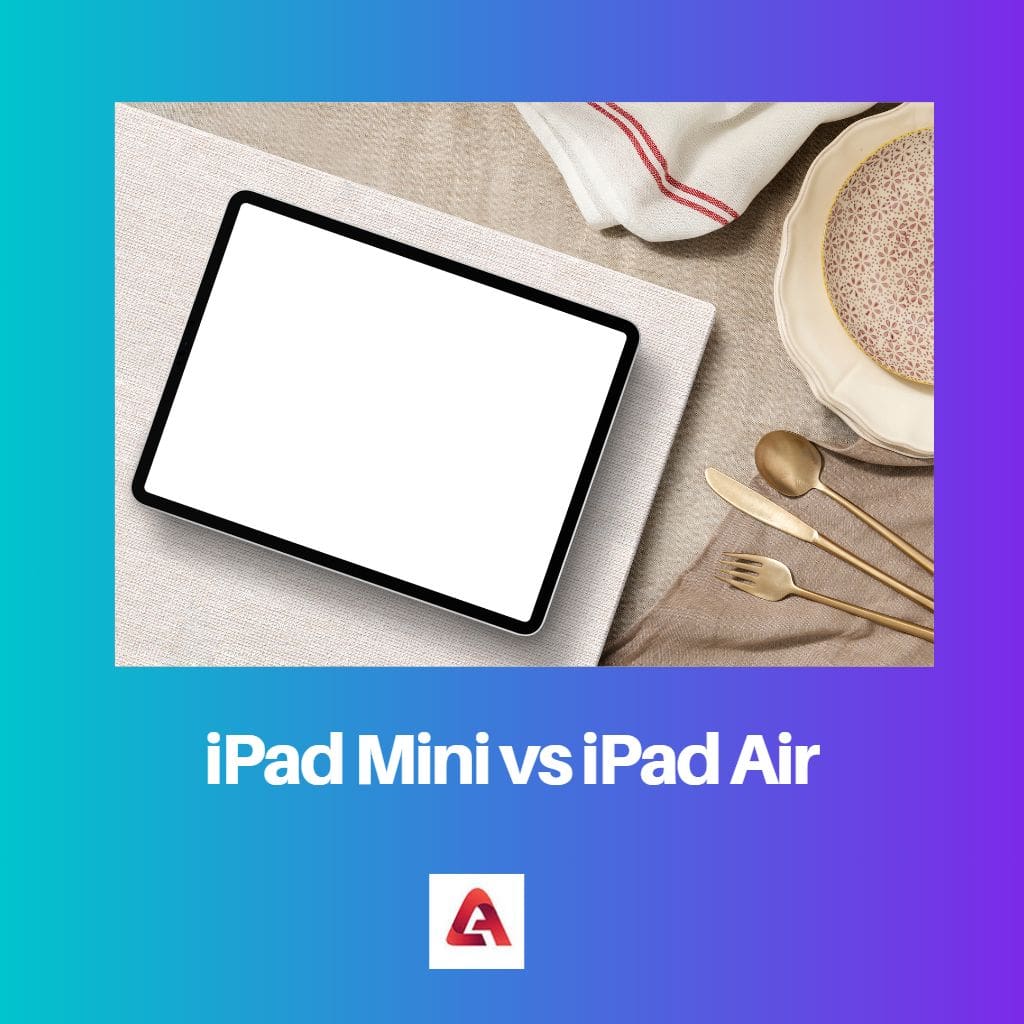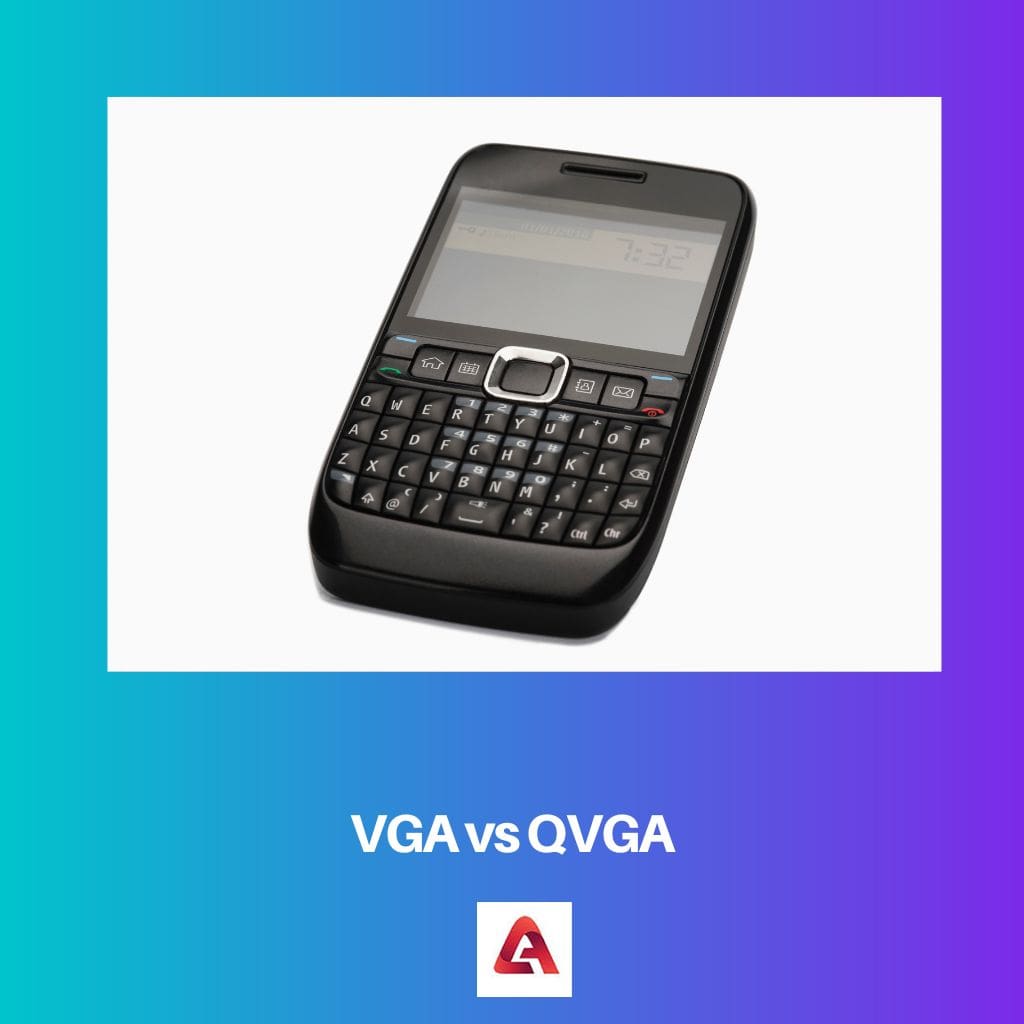Key Takeaways
- HDMI: Versatile and widely used for high-quality audio and video transmission.
- Optical: Provides excellent sound quality and immunity to interference.
- Bluetooth: Convenient wireless option, but may sacrifice audio quality and reliability compared to wired connections.
What is HDMI?
The full name of HDMI is High-Definition Multimedia Interface. It is an interface used to transmit high-quality audio and video signals. It works between devices such as TVs, Blu-ray players, game consoles, and home theater systems.
HDMI cables transmit uncompressed audio and video signals. As a result, the quality of sound and pictures is high. HDMI can work with several resolutions, such as 1080p, 4K, and even 8K.
HDMI uses electrical signals to transmit light signals. It is reliable for sending audio and video to home entertainment systems.
What is Optical?
Optical is a digital connection that transmits high-quality audio signals between devices. It is also called Toslink. When it comes to light signals, it uses a fiber optic cable.
You will notice Its use mostly in home theater systems, soundbars, and other audio equipment. Optical connections can transmit up to 5.1 channels of high-quality digital audio.
Optical connections are better than analog connections because noise interference is less of a possibility. Optical can support Dolby Digital and DTS.
What is Bluetooth?
Bluetooth is a wireless technology. It is used to transmit data over short distances between devices. The most use can be seen between smartphones, tablets, wireless headphones, and speakers.
It can transfer audio and video if the devices are within 30 feet. However, the transmitted data quality gets compromised as Bluetooth compresses the data. But modern technology has come a long way, and codes like aptX help to retain the quality.
Bluetooth audio connections are wireless, and the setting up process is straightforward. Controlling another device and sharing files is also possible with Bluetooth. The most common use of Bluetooth nowadays is seen in earphones.
Difference Between HDMI and Optical and Bluetooth
- HDMI can transmit up to 8 audio channels, while the number for Optical is up to 5.1, and the audio channels of Bluetooth are Stereo.
- HDMI can work over a distance of 50 ft, while Optical has a maximum length of 33 ft. In the case of Bluetooth, the workable distance is 30 ft.
- HDMI is the most costly compared to the other two. Optical is less costly, while Bluetooth is the least expensive.
- The TV remote control can control the audio of HDMI. On the contrary, Optical comes with a remote control. A mobile app or its remote can control Bluetooth.
- HDMI can be connected to TVs, Game consoles, Home theater systems, etc. Optical connects with Soundbars, Receivers, Home theater systems, etc. Bluetooth can be paired with Smartphones, Tablets, Wireless headphones, etc.
Comparison Between HDMI and Optical and Bluetooth
| Parameter of Comparison | HDMI | Optical | Bluetooth |
|---|---|---|---|
| Audio Channels | Its audio channels are up to 8. | Its audio channels are up to 5.1. | Its audio channels are Stereo. |
| Distance | The maximum distance it offers is 50 ft. | The maximum distance it offers is 33 ft. | The maximum distance it offers is 30 ft. |
| Expense | Among the three, this is the most costly. | This costs less than HDMI. | Comparatively, this costs the least. |
| Audio control | The audio can get controlled by the TV remote control. | It has its own separate remote control to manage the audio. | It can be controlled with a mobile app and a separate remote. |
| Compatible devices | You can connect it to TVs, Game consoles, Home theater systems, etc. | It can be connected with Soundbars, Receivers, Home theater systems, etc. | It can get paired with Smartphones, Tablets, Wireless headphones, etc. |





